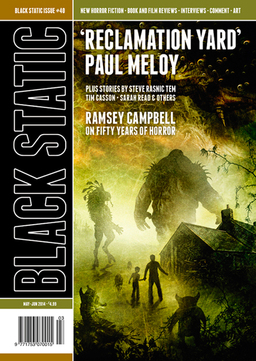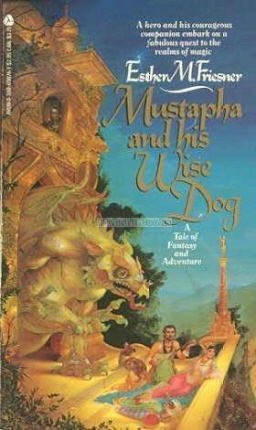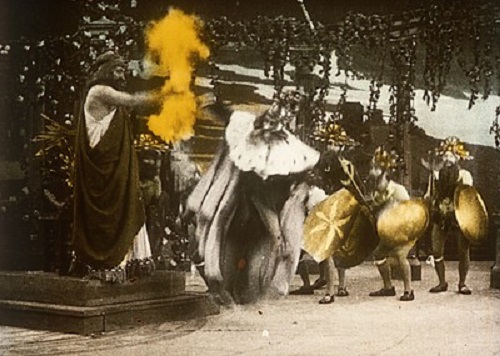The Art of Jim Pavelec
 Jim Pavelec is an award-winning freelance illustrator in the tabletop gaming and comic book industry and has over 15 years of professional experience. I was first introduced to him by our mutual friend E.E. Knight more than a decade ago, and put him in touch with John O’Neill, who hired him to illustrate several issues of Black Gate magazine. He has worked on properties such as Star Wars, Lord of the Rings, Magic: The Gathering, Dungeons & Dragons, Eerie Comics, and many more. He is also co-founder of the artist’s rights website ArtPACT.
Jim Pavelec is an award-winning freelance illustrator in the tabletop gaming and comic book industry and has over 15 years of professional experience. I was first introduced to him by our mutual friend E.E. Knight more than a decade ago, and put him in touch with John O’Neill, who hired him to illustrate several issues of Black Gate magazine. He has worked on properties such as Star Wars, Lord of the Rings, Magic: The Gathering, Dungeons & Dragons, Eerie Comics, and many more. He is also co-founder of the artist’s rights website ArtPACT.
The other day I decided to sit down with him and talk about his work and the life of a professional artist. Click to enlarge any of the accompanying illustrations.
What was your first big professional break?
My first paying gig was on a card game called Galactic Empires. Its pay was royalty based (which is something I’d like to see reinstituted in the illustration world), and didn’t amount to very much, but it was a good experience overall. At that time, hardly anyone did any promotion online, so getting work published was a little more valuable in terms of getting your work in front of the eyes of other art directors.









